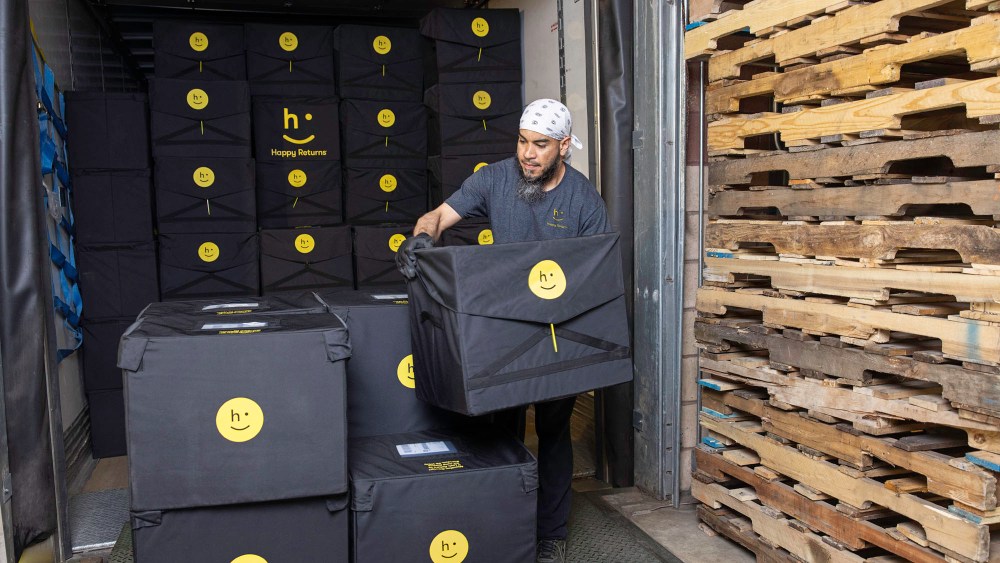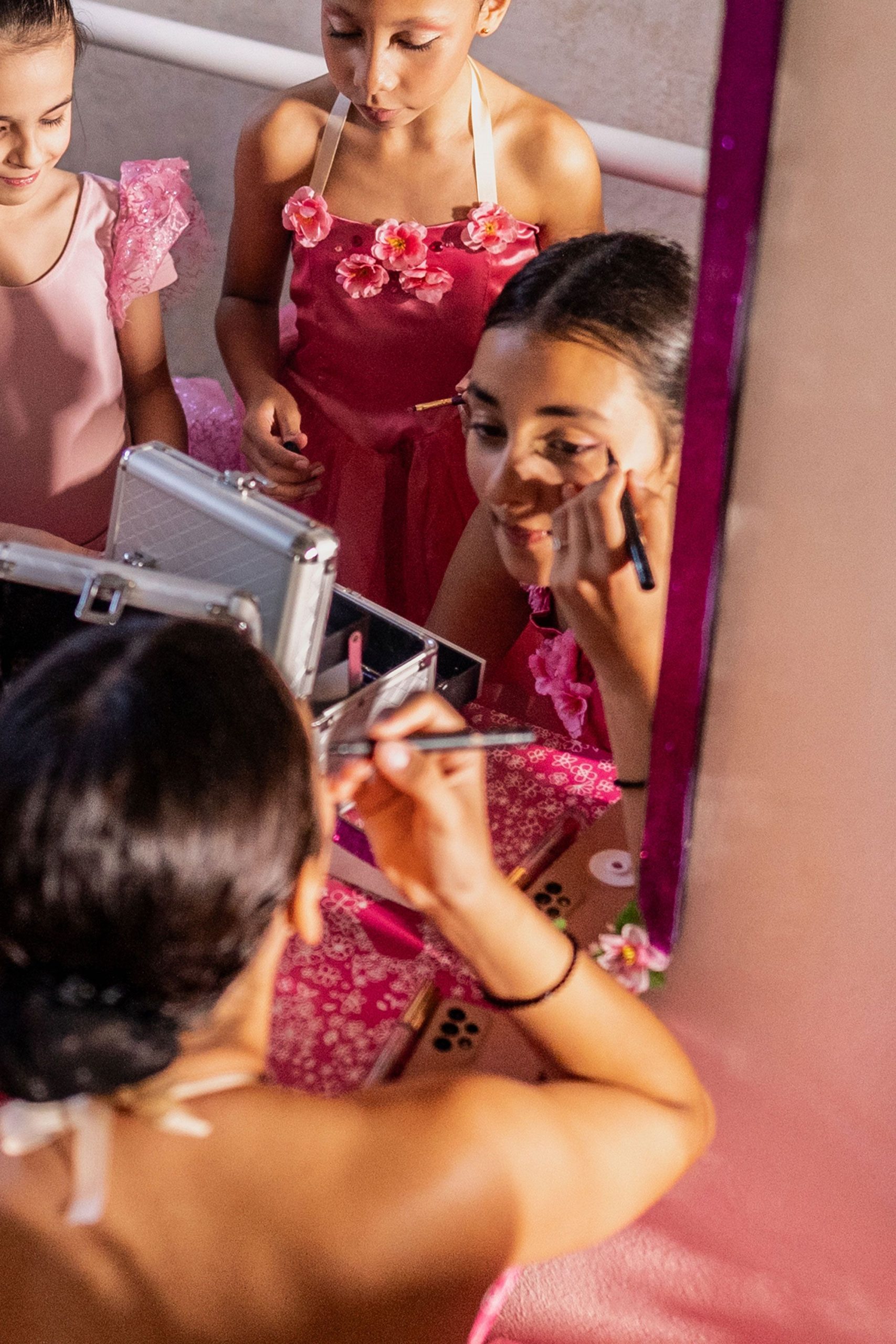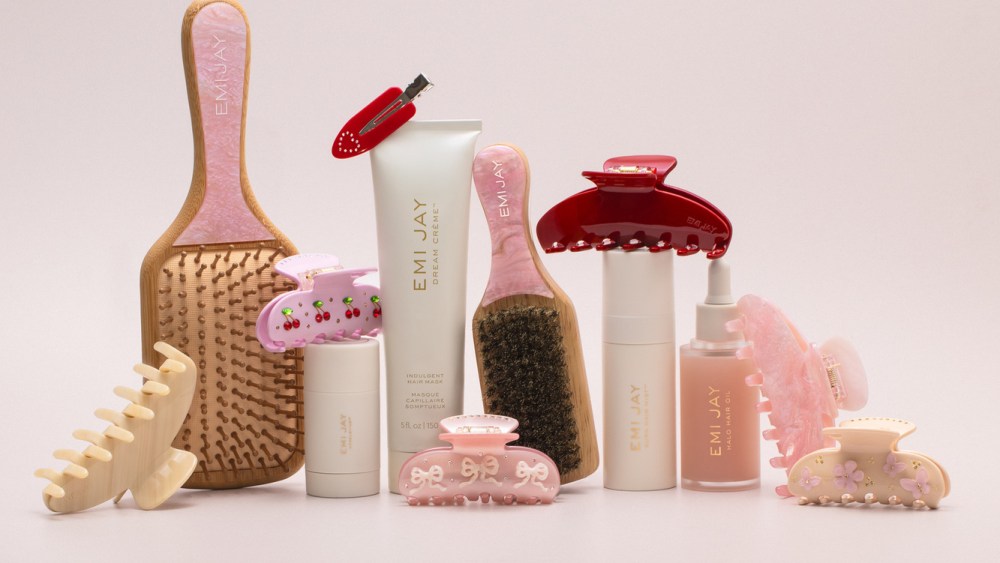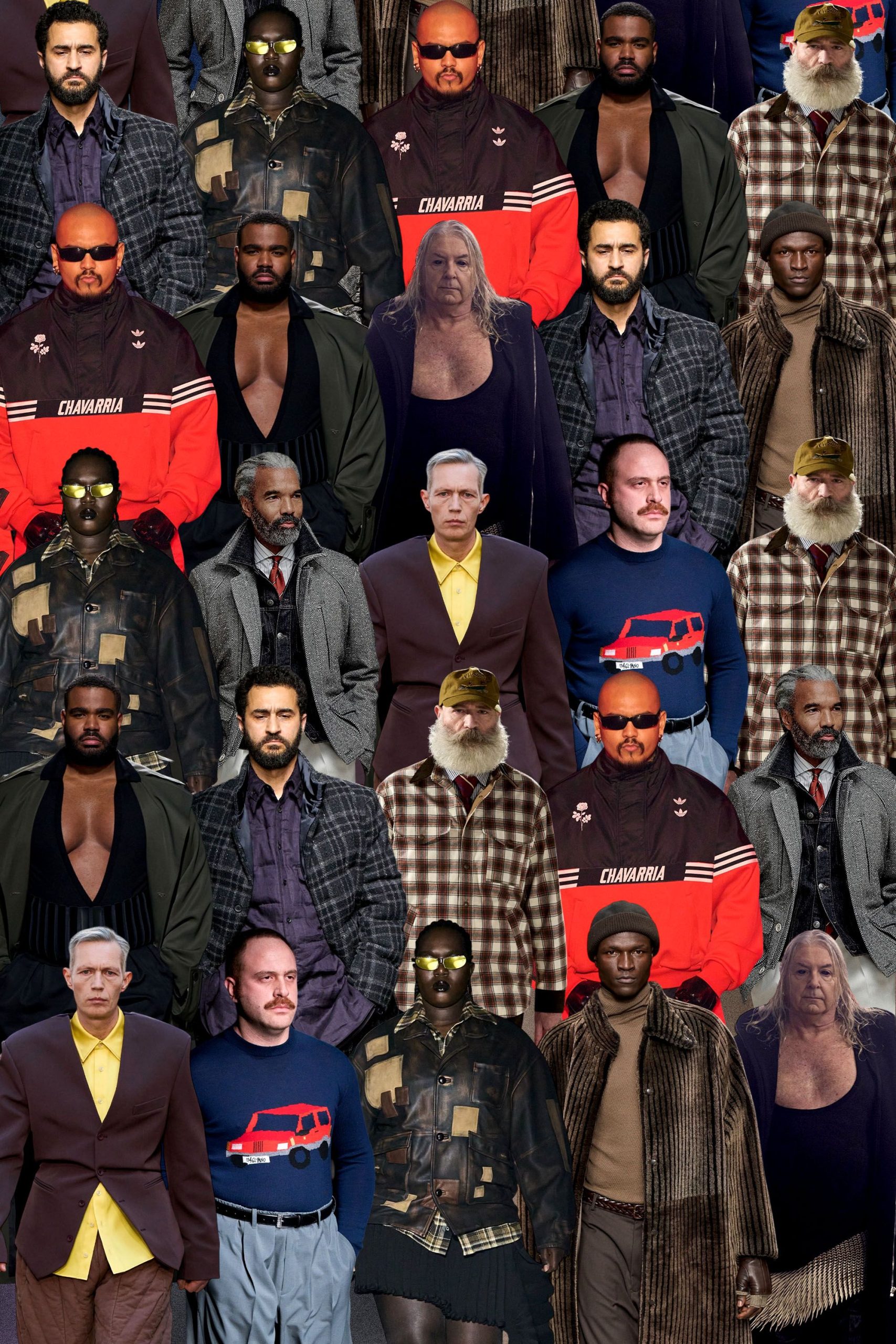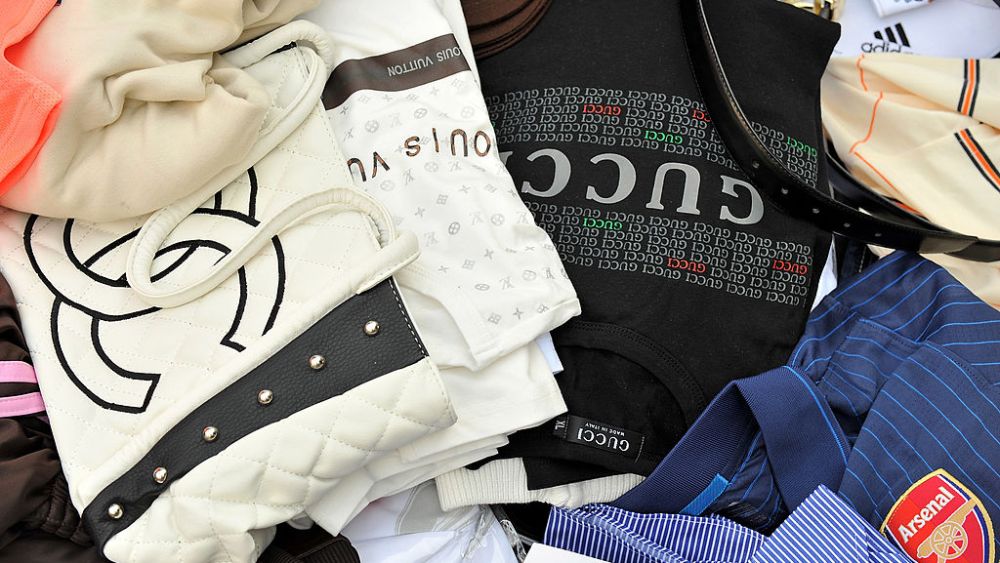
Artificial intelligence has never been more powerful, constantly expanding its litany of flexes — from generating sonnets and fantastical images to believably mimicking emotions, all while churning through mountains of data faster than any human being could.
But there’s one area where bots can’t still compete with humans: the capacity for greed and willingness to skirt the law. For brands and their consumers, this translates to scams, rip-off products and copycat items.
Fake people can’t stop the biggest fakers of all: counterfeiters.
According to an analysis by Entrupy, an AI-powered luxury authenticator claiming 99.1 percent accuracy, there are more phony goods circulating than ever.
You May Also Like
As TikTok Shop’s official authentication platform for luxury bags and sneakers, as well as other retailers, Entrupy vets millions of products across luxury brands like Louis Vuitton, Prada, Dior, Balenciaga, Gucci, YSL and Burberry, among others. It uses AI to analyze images — 50 million last year — down to microscopic details that evade the human eye.
For Louis Vuitton items alone, the platform looked at some $300 million to $400 million worth of inventory in 2023. Insights from that and other efforts come together in Entrupy’s annual State of the Fake report.
The results over time are revealing:
- In 2021, the firm’s total in examined inventory hit $1.7 billion, with 20 million images used to train the algorithms. In the process, it found that 8.3 percent of the goods couldn’t be identified or certified — a drop from 9.6 percent in 2019.
- In 2022, its total reached $2 billion worth of inventory using 25 million reference images. The rate of unidentified or likely fake products decreased further to 8.1 percent.
- In 2023, when OpenAI’s ChatGPT caught fire and triggered a new wave of AI development, the company authenticated $5 billion in products, and its training images ballooned to 50 million. But instead of going down, unidentified products rose to 8.7 percent.
Entrupy sees the uptick as unsettling, a sign that more phony goods making their way into more legitimate businesses.
On the flip side, authenticators and enforcement teams may have better tools now — although counterfeiters have them too, allowing them to copy goods and churn out listings.
“The hardest part with counterfeiting is there’s always new counterfeits that are coming in,” said Vidyuth Srinivasan, Entrupy chief executive officer and cofounder, in an interview with WWD. “That’s what is always a challenge for AI, because you need to have access to that information.”
It’s the same game of “whack-a-mole,” but at a faster clip.
Amazon has been playing that game for years. It launched initiatives like the Counterfeit Crimes Unit and programs like Brand Registry and Project Zero, so brands can protect their intellectual property and report counterfeit listings for removal. It also said prospective sellers must provide photo IDs and other business information before opening accounts.
It’s not a matter of just authenticating products, but authenticating the sellers behind them.
Amazon uses techniques like “document forgery detection, image and video verification and other technologies to quickly confirm the authenticity of government-issued IDs and whether they match the individual applying to sell in our store,” a spokesperson for the e-commerce giant told WWD. The tech analyzes an array of data points, such as behavior signals and ties to known bad actors. Meanwhile, Amazon’s Counterfeit Crimes Unit works with companies like Prada, Hanesbrands and others to take fraudsters to court.
In 2023, the company invested more than $1.2 billion and pointed more than 15,000 machine learning scientists, developers, investigators and others at the problem. Law enforcement partnerships last year led to the seizure of 7 million counterfeit products and more than 50 raids. Amazon stopped more than 700,000 sketchy attempts to open merchant accounts.
Yet, even with a veritable armada of people and tech, the problem persists. Even cursory searches in the marketplace show a bonanza of knock-offs.
Today’s dupe culture doesn’t help, as digital denizens proudly flash their fakes on social media.
Even so, Entrupy’s Srinivasan believes AI is the most efficient way to combat counterfeits.
“It is the only tool among everything that exists that quickly understands new data, new kinds of counterfeits, new things that have already, maybe, cracked the QR code or hologram or RFID tag or NFT,” he said. “AI is the only one that can keep up and, in most cases, also stay ahead of what kind of counterfeiters are working on. Because they will always be innovating.”
Entrupy’s far from alone. A slew of companies and start-ups have taken on AI, particularly in the last couple of years, to tout their version of the technology as a counterfeit killer — like Cypheme, a French company that just debuted a new solution called Vrai AI. Lacoste is the first brand to sign up.
Vrai AI uncovers fakes by visually analyzing an image of a specific detail of a product or label. The platform, which is open to brands worldwide now, claims to work for jewelry, pharmaceuticals, electronics, fashion and more using just a smartphone.
“Today, according the European Union Agency for Law Enforcement Cooperation, counterfeiting represents 2.5 percent of the world’s trade, or $461 billion, and puts low-quality goods on the market, generating risks for health, well-being, security and safety,” said Hugo Garcia-Cotte, CEO of Cypheme, in a statement.
The National Crime Prevention Council believes counterfeiting is an even bigger problem, pegging counterfeits as a $2 trillion business at the end of 2023. For 2024, a year when the dupe trend grew, expect that figure to grow and the whack-a-mole to continue.
Srinivasan doesn’t want to play that game. For him, “it’s more about distribution, where, if you are spread out wide enough and more people are using AI technology, the quicker it is to quash the counterfeits from being sold,” he said.
Like all AI systems, the more data these models ingest, the better they can do their jobs — and make it harder for con artists to win.


